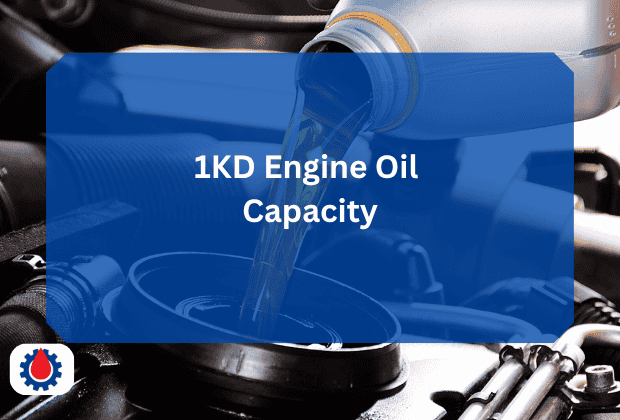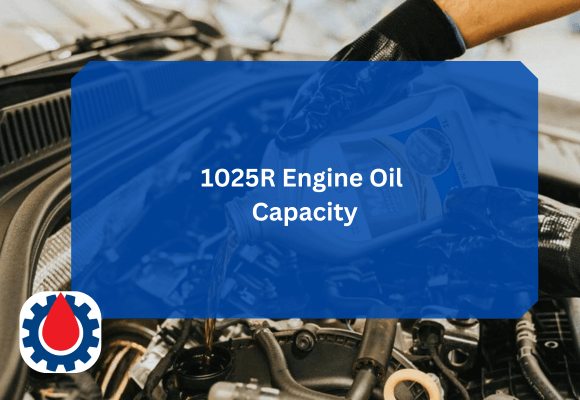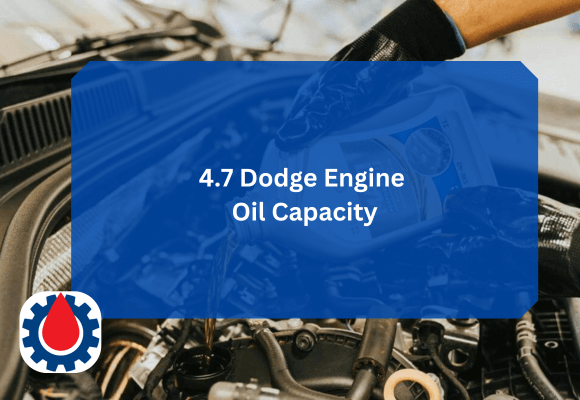One of the most important aspects of maintaining a 1KD engine is ensuring the correct oil capacity. Adding too little or too much oil can have serious consequences, from poor lubrication to engine damage.
This guide explains the exact oil capacity for different servicing scenarios, why it varies, and best practices for oil changes.
1KD Engine Oil Capacity
The Toyota 1KD-FTV 3.0L turbo diesel engine typically holds about 7.5 liters of oil with a filter change, 6.8 liters without a filter change, and 8.0 liters for a dry fill.
Always use the manufacturer-recommended diesel-rated oil, such as 5W-30, check levels on level ground after the oil has settled, and follow service intervals of around 10,000 km or 12 months to ensure optimal engine performance and longevity.
1. Dry Fill (Empty Engine, No Oil)
When the engine is completely drained, such as during a rebuild or when installing a brand-new engine, the dry fill capacity is approximately 8.0 liters. This is the total amount required to fill the sump, oil passages, and internal components from empty.
2. Oil Change with Filter Replacement
For a typical service where the oil is drained and the filter replaced, the capacity is around 7.5 liters. The extra oil compared to a top-up is due to filling the new oil filter.
3. Oil Change without Filter Replacement
If you are changing the oil but not replacing the filter, expect to use about 6.8 liters. This is because some oil remains in the filter housing.
Related Toyota Engine Oil Capacity Chart(Model A to Z)
Recommended Oil for the 1KD Engine
The manufacturer generally recommends 5W-30 diesel-rated engine oil that meets API CF-4 or higher standards. In hotter climates, 10W-30 or 15W-40 may be suitable, depending on usage.
Related Best Synthetic Engine Oil for Diesel Engines(5 Best 2025)
Why Correct Oil Capacity Matters
Prevents Overfilling
Overfilling can cause excessive oil pressure, foaming, and aeration, reducing lubrication efficiency. This can lead to increased wear and even damage to engine seals.
Ensures Proper Lubrication
Using the recommended amount of oil ensures that all moving parts are adequately lubricated, reducing friction and heat buildup.
Helps Maintain Performance
The 1KD engine’s turbocharger and high-pressure fuel system depend on clean, well-lubricated oil to perform reliably. The right oil capacity ensures consistent performance and longevity.
Related Toyota RAV4 Engine Oil Capacity(For All Models 1996 to 2025)
Common Confusion with Oil Levels
Some owners have reported seeing high dipstick readings even when using less oil than the manual suggests. This can happen due to:
- Oil not fully drained during a change
- Vehicle parked on uneven ground when checking levels
- Oil temperature differences (checking when hot vs. cold)
- Dipstick calibration differences between models
For the most accurate reading, check the oil level with the vehicle parked on level ground, engine warm, and after waiting a few minutes for the oil to settle in the sump.
Related RAV4 Engine Oil(Top 5 Best Picks 2025)
Best Practices for Oil Changes
1. Warm Up the Engine
Run the engine for a few minutes to warm the oil before draining. Warm oil flows more easily and carries away more contaminants.
2. Allow Full Drain
Let the oil drain completely, which may take 10–15 minutes. Tilting the vehicle slightly (if safe to do so) can help remove trapped oil.
3. Replace the Oil Filter Regularly
The oil filter captures contaminants and prevents them from circulating. Replace it at every oil change to maintain engine health.
4. Use the Correct Amount
Measure and pour the oil gradually, checking the dipstick as you go. Avoid dumping in the full amount all at once.
5. Check the Level After Running the Engine
After filling, start the engine for a minute, then turn it off and check the dipstick again. Top up if necessary.
6. Follow the Service Interval
For most conditions, change the oil every 10,000 km or 12 months, whichever comes first. In harsh or dusty environments, shorter intervals are recommended.
Related 2020 Toyota Sienna LE Engine Oil Capacity(& Specifications)
FAQs
How many litres does a 1KD take?
The Toyota 1KD-FTV engine takes about 7.5 litres of oil with a filter change, 6.8 litres without a filter change, and 8.0 litres for a dry fill.
How much oil does a 1KD Hilux take?
A Toyota Hilux with the 1KD engine generally requires around 7.5 litres of oil when changing both the oil and filter.
How much oil does a 3.0 D4D engine take?
The 3.0 D-4D (1KD-FTV) engine typically takes 7.5 litres with a filter change or 6.8 litres without a filter change.
What kind of oil does a 1KD engine take?
The 1KD engine is best paired with high-quality diesel-rated oil, such as 5W-30 meeting API CF-4 or higher standards, with 10W-30 or 15W-40 also suitable in hotter climates.
How many litres is the fuel tank capacity of the Toyota Hilux 3.0 D-4D?
Most Toyota Hilux 3.0 D-4D models have a fuel tank capacity of approximately 76 litres, though this may vary slightly by model year and configuration.
How many liters of engine oil for Toyota Hilux?
For the Toyota Hilux with a 1KD engine, the engine oil capacity is about 7.5 litres with a filter change and 6.8 litres without.
Final words
The Toyota 1KD-FTV engine is known for its toughness and reliability, but like any engine, it needs proper maintenance to perform at its best. Knowing the correct oil capacity for different service situations is a key part of that maintenance.
Whether you are performing a dry fill, a standard oil change, or just topping up, sticking to the right capacity will ensure optimal lubrication, protect your turbocharger, and keep your engine running smoothly for many years.




